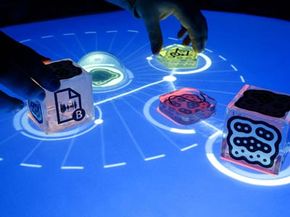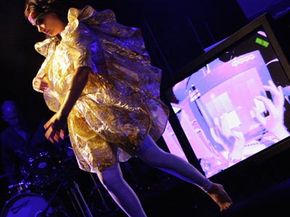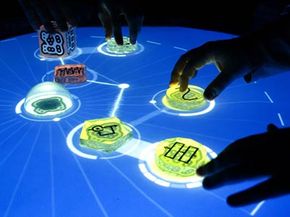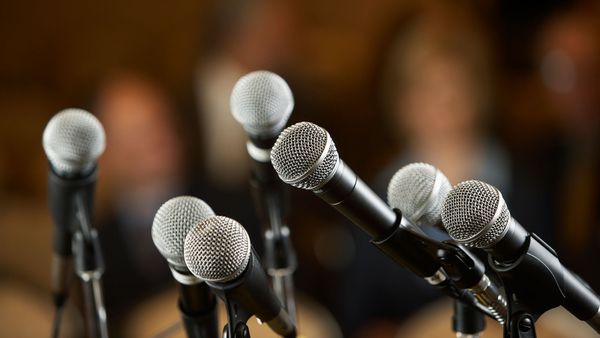Simple blocks are a common symbol of childhood creativity, curiosity and intelligence. Placing building blocks next to or on top of each other allows children to let their imagination run wild and create any number of structures on a playroom floor. If letters, pictures or colors are added to the blocks, children can add words, patterns and other arrangements into their designs.
If we add a table under those blocks, the building process all of a sudden becomes much more collaborative. Although we typically think of a table as a simple object -- one that's useful, but maybe a little static -- it's actually yet another important symbol. Tables can be a fun space, a place where people gather to exchange conversation, ideas and work. Many elementary schools choose to sit classmates around larger, round tables instead of individual tables to encourage cooperation and group work. Tables aren't just for child's play, of course: Experienced architects draw out plans for major construction projects on top of tables, and artists might use tables to construct larger pieces of art.
Advertisement
Taking the two basic concepts of blocks and tables, four graduate students from the Univesitat Pompeu Fabra in Barcelona, Spain, added music to the mix and designed something called the reactable. The reactable is essentially a music synthesizer, and if you hear it played, it sounds similar to a lot of modern electronic dance music. The difference between the reactable and a typical synthesizer, however, is that participants manipulate sound with blocks on a round table. By rotating or moving the blocks on the table, a person (or several people) can tweak a variety of sounds, beats and notes, creating an electronic soundscape.
In addition to the ease with which you can maniupulate sound, there's also a visual element: The table has a translucent blue surface that lights up with dynamic animations that highlight the musical changes. For musicians and spectators alike, the reactable is a musical instrument that's not only fun to listen to, but fun to watch as well.
Advertisement





